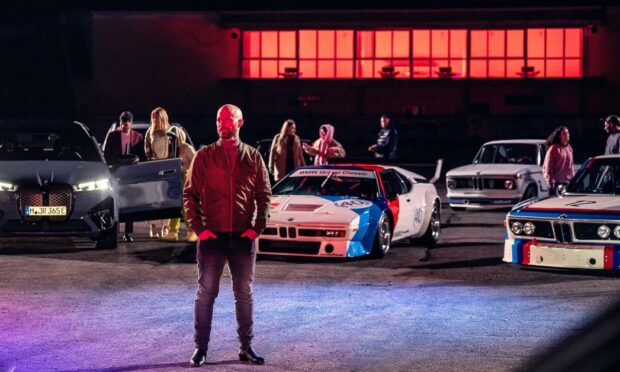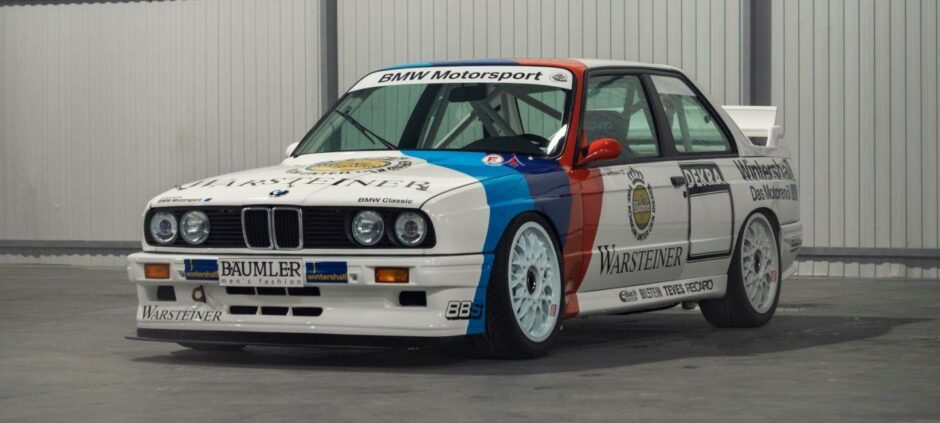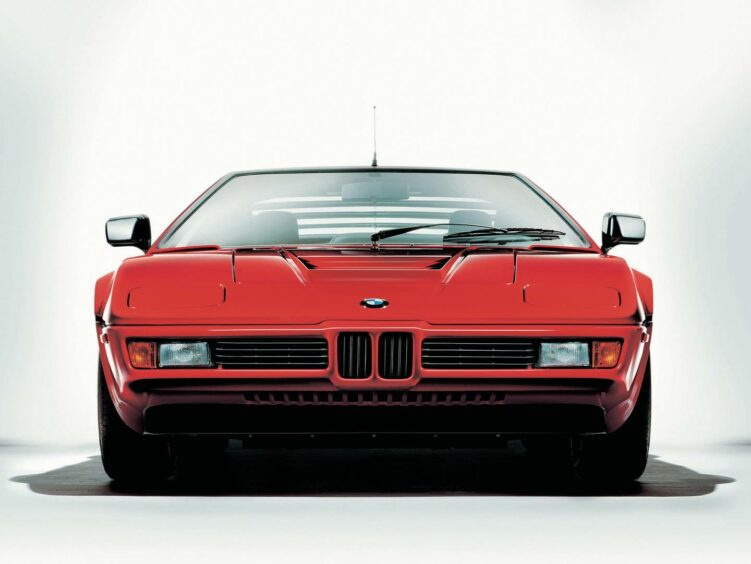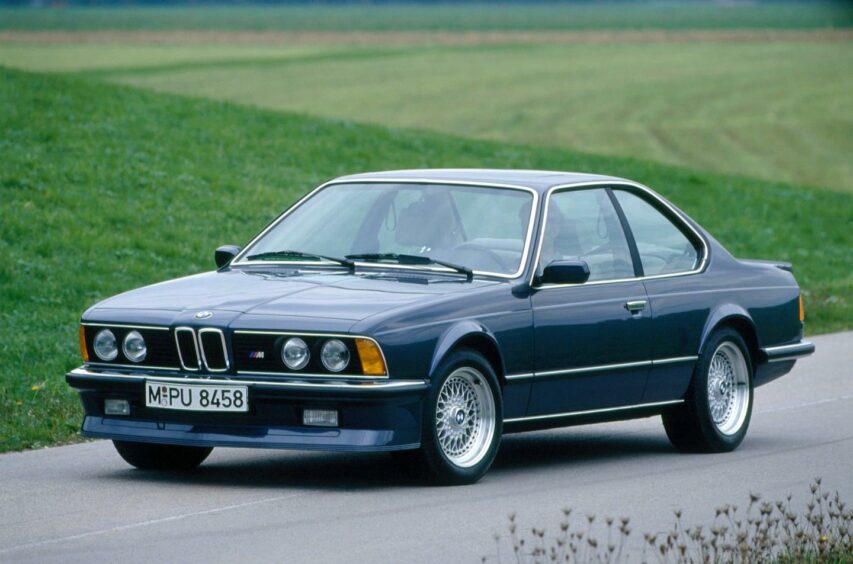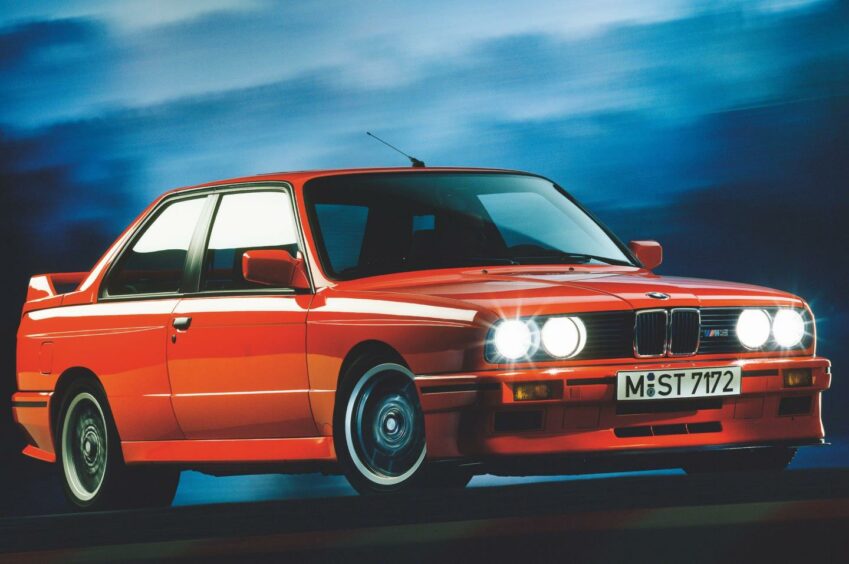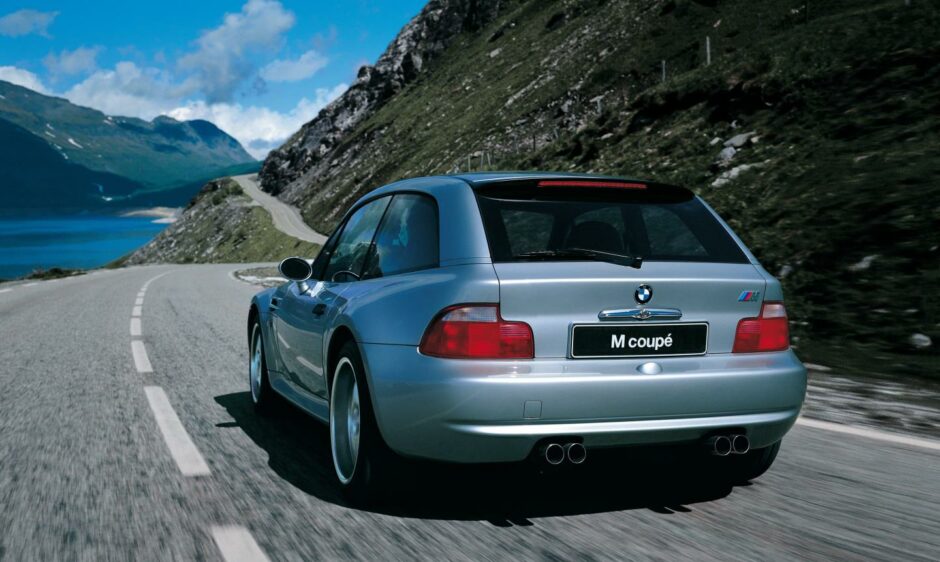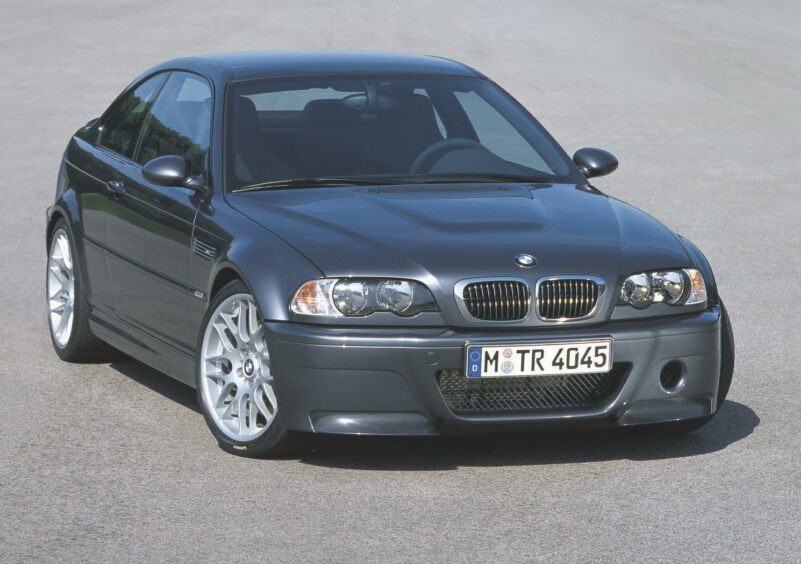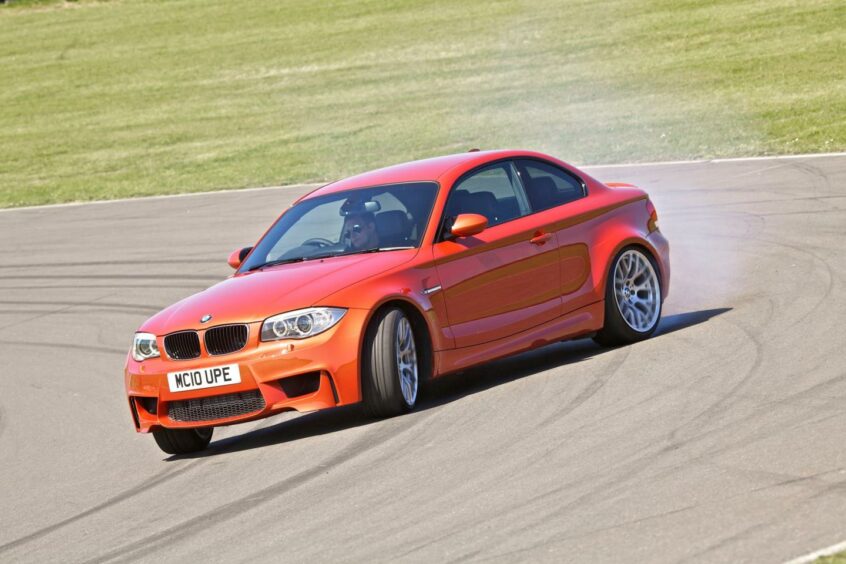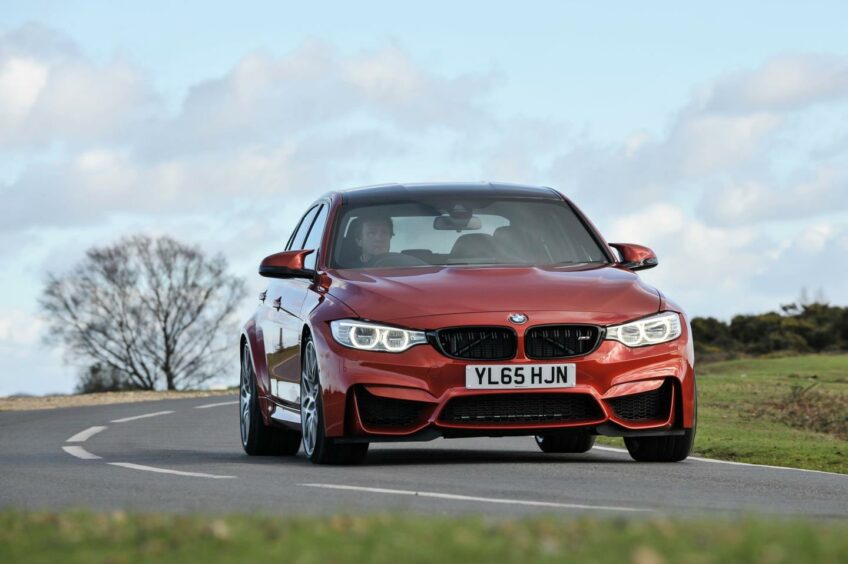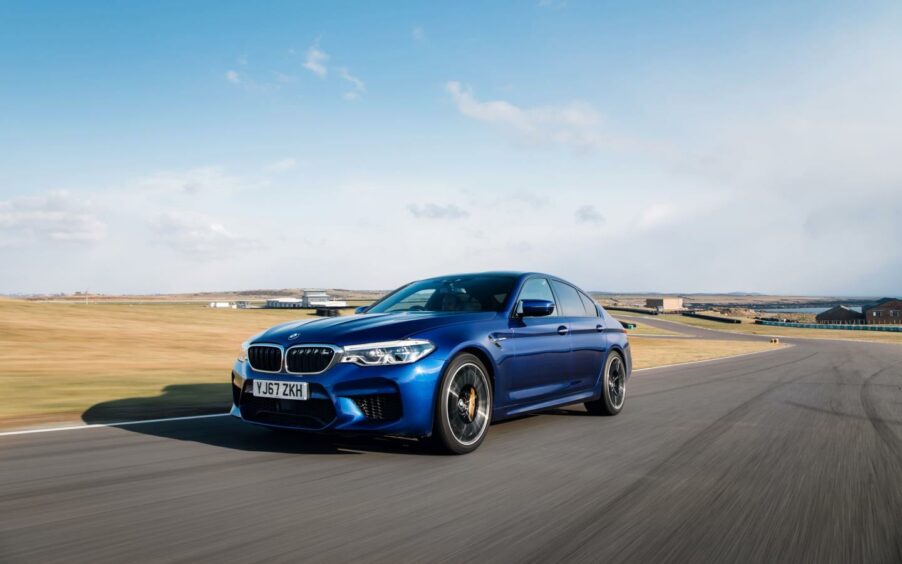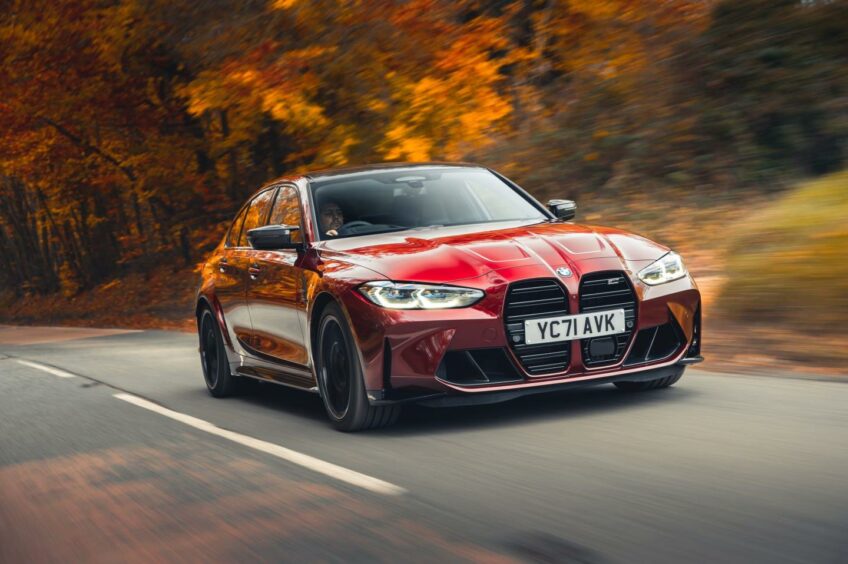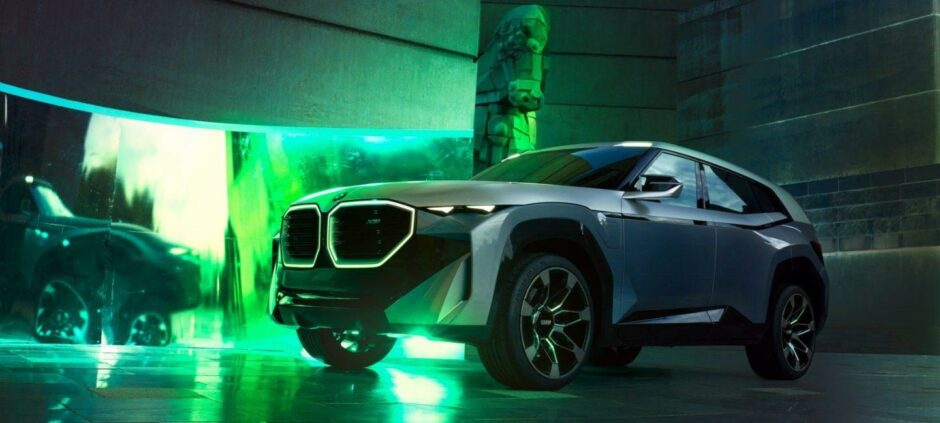We recently featured a review of the latest in the BMW M division (February 23 Your Car) showcasing the superior performance, power and good looks that come with the badge, and this year the iconic M reaches its 5o-year milestone.
It is, without doubt, one of the best-known names in the business. Since 1972, it has created some of the most desired performance cars, consistently delivering vehicles that have gained the attention of motoring enthusiasts the world over.
BMW M GmbH, formerly BMW Motorsport GmbH, is a subsidiary of BMW AG BMW M (“M” for “motorsport”) and was created as part of BMW’s racing program.
With so many attributes, it’s little wonder drivers are so attracted to the M factor
Headquartered in Germany, M models are tested and tuned at BMW’s private facility at the Nürburgring racing circuit. The M Performance Series delivers breathtaking speeds, the M4 Coupe doing 0-60mph in 3.8 seconds with Competition Package, the M3 Sedan in 3. and the M2 Competition Coupe 4.0 seconds.
For those with cash to spare, an M package is available on many BMW models and typically includes larger wheels and performance tyres, sport seats, M sport steering wheel with paddle shifter, often with larger air intakes, plus an aerodynamic kit. Calipers are in blue with the M logo, with brakes that offer superior response, fade resistance and optimum pedal feel.
With so many attributes, it’s little wonder drivers are so attracted to the M factor. Here, we take a walk down memory lane at some of BMW M’s finest creations.
BMW M1
Arguably one of BMW M’s most recognisable cars, the M1 was the first car to feature that iconic letter. Making its debut at the 1978 Paris Motor Show, the M1’s wedge shape was an instant head-turner, while its 277bhp six-cylinder engine backed up these looks with some serious performance too.
Just 460 examples were ever created, while the M1 was then a feature in the one-make Procar racing series.
BMW M635i
Though many might lean towards the M535i, we’d have to pick out the beautiful M635CSi as another key entrant on this list. BMW M took the elegant lines of the 6 Series and installed a 282bhp engine to give it a whole lot of punch.
Extremely limited in number, the M635iCSi commands serious attention, even today.
BMW M5
Few could’ve imagined that the arrival of the original M5 would go on to start a lineage of cars stretching for decades. On the outside, it looked like a humble saloon car, but it packed the same four-value straight-six as the M635CSi, exceeding the amount of power you got from the regular 518i by nearly three times.
BMW M3
It was in 1986 that BMW M would create one of its most iconic models – the M3. This compact saloon car was an instant success, with its four-cylinder 16-valve engine combined with a lightweight body to create an agile yet composed performance car.
The BMW M5 returns
The M5 made its triumphant return in 1988, bringing a straight-six engine – originally a 3.6-litre and later a 3.8-litre. Just as stealthy as its predecessor, this new generation of M5 brought a more refined character.
Plus, it was available as an estate – or ‘touring’ – broadening its appeal and giving it some added practicality.
BMW Z3 M Coupe
In the late 90s, BMW created a real cult classic – the Z3 M Coupe. Known affectionately as the ‘clown shoe’ it featured the compact and lightweight body of the regular Z3 but took its power from the second-generation M3.
Arrival of the E46
The millennium saw the arrival of an M3 generation that would go on to define the sports car – the E46. Featuring more performance mechanicals than ever before, this third-generation M3 would manage 0-60mph in around five seconds yet could easily be driven every day.
Later on in 2003 a lightweight CSL version would be created, utilising a variety of carbon-fibre elements to drive down weight and improve handling.
The V10 M5 and M6
BMW M went all-out in 2004 with the arrival of the V10-powered M5 and M6. The former was the most powerful ever made, bringing more than 500bhp and 520Nm to the table, with 0-60mph taking just 4.5 seconds.
In fact, the M5 would do 124mph in just 15 seconds.
The V8 M3
BMW turned the dial up on the M3 in 2007, too, fitting its M3 with a new 4.0-litre V8 engine. It made the M3 into a proper muscle car, while a lightweight construction meant that the M3 still handled just as elegantly as its predecessors.
Available as both a coupe and saloon, it proved a very popular generation of M3.
1 Series M Coupe
BMW M would go back to its compact roots in 2010 with the 1M Coupe, a punchy take on the then-new 1 Series Coupe. Kitted out with a straight-six engine, the 1M’s lightweight handling and strong performance made it into a cult classic.
Even today, 1M values continue to rise.
The M3 goes modern
In 2014 the M3 arrived with a revolution – a turbocharged engine. As well as the standard saloon, a coupe version – now badged M4 – was made available, while a more agile M3 CS would arrive later on.
The M5 all-wheel-drive
BMW cars are famous for their rear-wheel-drive layout, but that all changed in 2017 with the arrival of the new M5. It used a clever all-wheel-drive system – as well as a 4.4-litre V8 engine – to bring brutal acceleration but a whole lot of traction too.
BMW M turns to SUVs
BMW M had already made a brief foray into the world of SUVs, but in 2019 it created some of its most powerful with the X3 M and X4 M. Both used the same 3.0-litre turbocharged petrol engine, while more powerful Competition versions came with a fearsome 503bhp.
A striking M3 arrives
But in 2021 the fun would start with the arrival of the G20-generation M3 Competition and M4 Competition. With its opinion-dividing styling, this new generation of M3 and M4 didn’t hold back in terms of performance and design, while an upcoming M3 Touring will give enthusiasts the car they’ve been wanting for years.
The Concept XM
BMW M has already showcased an awareness of the future with its i4 M50 – the division’s first electric car, but the BMW Concept XM looks ahead to the most powerful BMW M car ever to go into series production, set to begin at the end of next year.
The newly developed M Hybrid drive system delivers up to 550 kW (750 hp). the experience allows the driver to glide along in near silence while enjoying the high performance, M style. It’s characterised by striking, sculpted surfaces and extravagant lines to create a bold new design for the badge.
The future
From here, we can only see the number of electric M cars increasing as demand for EVs surges. One thing is for sure, the future looks good for the M division.
